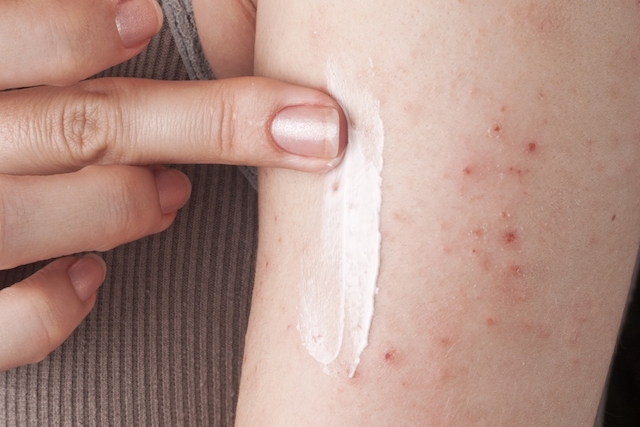Mycosis fungoides or chronic T-cell lymphoma is a type of cancer characterized by the presence of skin lesions that, if left untreated, develop into the internal organs. Mycosis fungoides is a rare type of non-Hodgkin's lymphoma, which is a type of lymphoma characterized by enlarged lymph nodes. Learn more about non-Hodgkin's lymphoma.
Despite its name, mycosis fungoides has nothing to do with fungi, so it is not contagious and is not treated with antifungals, but rather with radiotherapy or topical corticosteroids according to the stage of the disease.
The first symptoms of mycosis fungoides are skin lesions that can spread throughout the body, but are difficult to diagnose.


Source: Centers for Disease Control and Prevention
How the treatment is done
The treatment for mycosis fungoides is done according to the orientation of the oncologist or hematologist and depends on the stage of the disease, which can be done with chemo or radiotherapy and the use of topical corticosteroids.
Treatment for this type of lymphoma should be started as soon as possible, as it evolves quickly and treatment in the more advanced stages is more difficult.
Diagnosis of mycosis fungoides
The diagnosis of mycosis fungoides can be made by a dermatologist through skin exams, such as biopsy. However, in the initial phase of the disease it is difficult to evaluate the results concretely, and the doctor must monitor the patients and with the objective of verifying if there is an evolution of the lesions and the appearance of other symptoms. Understand how the dermatological exam is done.
The diagnosis can also be made by a hematologist through blood tests, which indicate an increase in the number of leukocytes and anemia, and tissue biopsy should also be performed. See what the biopsy is and what it is for.
To monitor the development of the disease and response to treatment, the doctor may also request a skin biopsy, in addition to tomography of the chest, abdomen and pelvis.
Main symptoms
The main symptoms of mycosis fungoides are:
- Skin spots; Itching; Skin peeling; Development of knots under the skin; Dry skin; Increase in lymphocytes in the blood test.
These symptoms appear mainly in people over 50 years of age and male. Symptoms of mycosis fungoides begin as an inflammatory process but soon afterwards turn into a neoplastic process.












